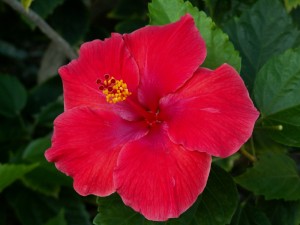[Updated with due dates for the specific blog posts]
In our PRCA 3711/4711 class (PR Practicum) at Georgia Southern University, student blogs will count as nearly 1/3 of the grade. Here are some details on the assignment. See the syllabus for specific due dates for the blog posts. These blog posts should be a minimum of 500 words each, and include images and hyperlinks.
Blog Post Topics
- Cover letter tips for PR majors (include at least three outside sources/links), due by end of Week Two
- Body language & nonverbal communication in job interviews (include at least three outside sources/links), due by end of Week Three
- Benefits & Pitfalls of social media for job seekers (include at least three outside sources/links), due by end of Week Five
- What to wear to a PR job interview (include at least three outside sources/links), due by end of Week Seven
- Internship advice, including comments/tips from at least one GSU and one non-GSU student who has already completed an internship, due by end of Week Nine
- Reaction to a Career Services seminar or event from Spring 2010, due by end of Week Fourteen
Remember: If you include content in your blog that you did not create on your own, it’s critical to cite your source. The most common way of doing this is through a hyperlink back to the source. And if you’re using content word-for-word, quotation marks are imperative (just like in any other form of writing).
Unless I let you know specifically otherwise, your blog posts for this class must be original content that you have recently (after January 1) created. Do not re-use old posts from previous semesters unless you make significant revisions to the older content, and do not use posts from other classes to “count” in this class, too.
Blog Comments
In addition to writing your own blog posts, you will also comment on others’ blogs; these comments will count as 25% of your grade on your blog. Aim to comment on two or three blog posts each week; you will need 25 comments for the semester. See Tracking Your Blog Comments for Nixon’s Classes for more information.
Though I will spot check throughout the semester to ensure that you are meeting your blog post deadlines, your entire blog is due on April 16 23.
SUPER-IMPORTANT: In order for you to get credit for your blog, I need to know where it is. Tell me your blog address by completing this Google Form; do this no later than the end of January.
Questions about this assignment?





 For spring semester’s PR Writing course that I’ll be teaching online, I will be augmenting my own content and
For spring semester’s PR Writing course that I’ll be teaching online, I will be augmenting my own content and 


 Before the Thanksgiving break, my students in the
Before the Thanksgiving break, my students in the 

